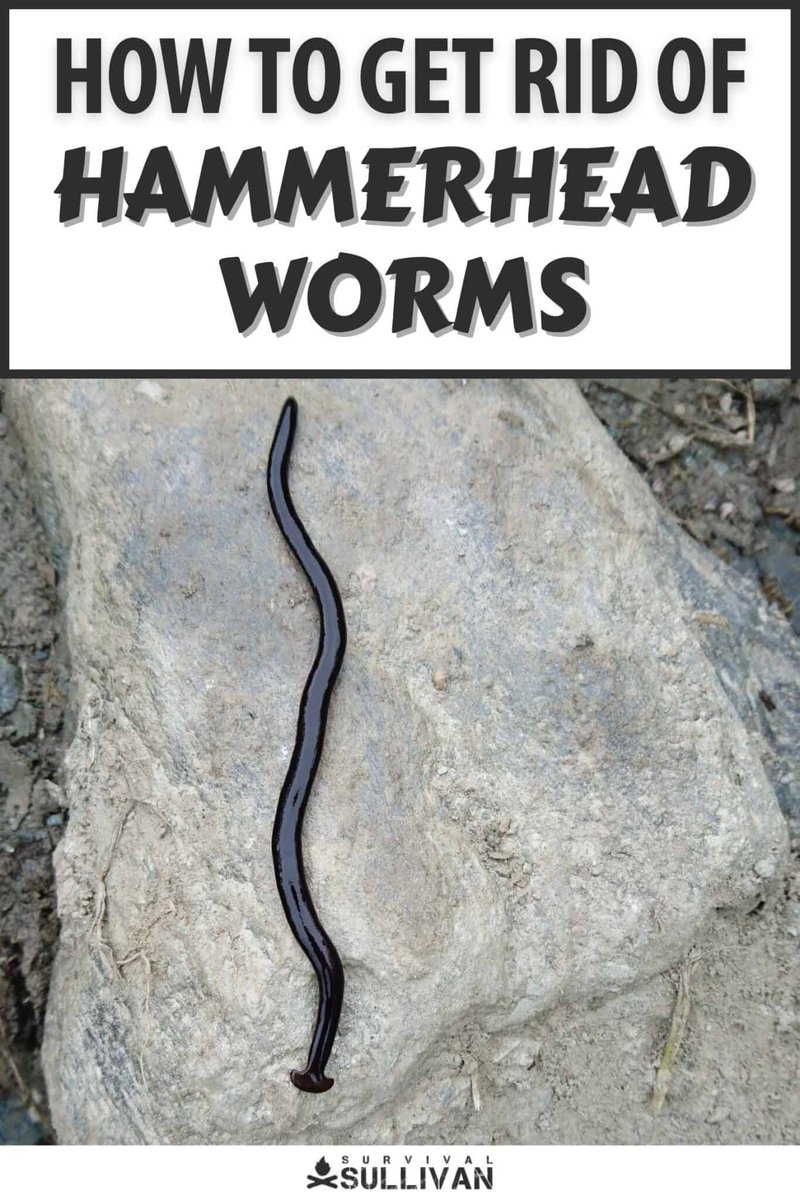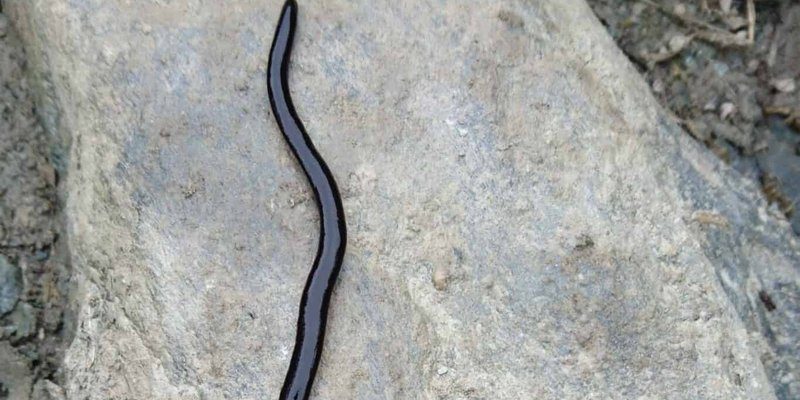
Think of hammerhead worms as the unwanted party crashers of the gardening world. They might look a bit strange, but they can cause serious harm to your plants. Knowing how to protect your container garden is essential. So, let’s dive into some easy and practical tips to keep those pesky worms at bay while you nurture your plants.
What Are Hammerhead Worms?
Let’s start by understanding who we’re dealing with. Hammerhead worms, also known as *Bipalium kewense*, are flatworms that can be easily recognized by their distinctive, flattened shape and hammer-like head. They can grow up to a foot long and come in various colors, but most commonly, they’re a brownish hue.
You might be wondering why these worms are a cause for concern. Well, they’re predatory and like to feast on earthworms, which are beneficial for your soil. So, while hammerhead worms may look harmless, they can disrupt the delicate balance of your container garden.
They’re often found in warm and humid environments, making them more common in tropical regions. However, even if you live in a cooler climate, they can hitch a ride on new plants or soil, so keep an eye out!
Recognizing the Signs of an Infestation
It’s crucial to catch any signs of hammerhead worms early. One of the first indicators is seeing the worms themselves. You might spot them slithering on the soil surface during warmer months, especially after rain. They tend to come out at night, so if you’re up for a little garden surveillance, a flashlight might help you catch them in the act.
Another sign is the sudden disappearance of earthworms. If your garden was thriving with these helpful little guys and now seems empty, it could be a direct result of hammerhead worm activity. Keep an eye on your soil quality too; if it feels compacted or less fertile, it might be time for a closer inspection.
You may also notice damage to your plants. If leaves appear to be wilting or if seedlings suddenly die without a clear cause, it’s wise to investigate further. Hammerhead worms might be lurking, causing more harm than meets the eye.
Creating a Barrier: Preventive Measures
One of the best things you can do to safeguard your container garden is to create a barrier against unwanted pests, including hammerhead worms. For instance, using **fine mesh or fabric** covers can be effective. This barrier keeps worms out while allowing sunlight and air to nourish your plants.
Another simple trick is to **place your containers off the ground**. You can use pot feet or stands to elevate your pots. This reduces the chances of hammerhead worms crawling in from the soil below. Besides, it adds an aesthetic touch to your garden!
Regularly checking for cracks or openings in your containers is essential. Worms can squeeze through surprisingly small spaces. A simple inspection can save you a lot of trouble down the line.
Choosing the Right Soil
When planting in containers, the soil you use can make a big difference. Opt for a high-quality potting mix that is designed to drain well, rather than garden soil. Garden soil can harbor pests, including hammerhead worms.
You might also want to consider adding some **diatomaceous earth** to your potting mix. This natural substance is abrasive to soft-bodied insects, including worms. It’s a helpful layer of protection without harmful chemicals.
Make sure to refresh your soil regularly. Over time, soil can compact and lose its nutrients. Replacing or topping off soil mixes can not only keep your plants healthy but also help eliminate any lurking garden pests.
Physical Removal: How to Handle Hammerhead Worms
If you do find hammerhead worms in your garden, it’s essential to act quickly. Here’s how you can handle the situation. First, make sure to wear gloves when handling these worms. It’s best to keep your hands clean and avoid any potential skin irritations.
You can simply pick these worms up and dispose of them. Use a container or bag to collect them, and make sure to seal it tightly to prevent any escape. Some gardeners choose to place them in a bucket of soapy water or saltwater to ensure they don’t come back.
Another eco-friendly option is to sprinkle **salt** directly on them. This causes them to dehydrate and die quickly. Just be cautious about where you use salt, as it can affect the surrounding soil if used excessively.
Encouraging Natural Predators
Nature has a way of balancing itself out if we let it. By encouraging natural predators, you can keep hammerhead worms in check without heavy-handed methods. Birds, for instance, love to munch on worms and can be fantastic for keeping your garden healthy.
Consider placing bird feeders or baths in your garden to attract these feathered friends. You might also want to incorporate plants that attract beneficial insects. Ladybugs, for example, can help manage pests that might otherwise harm your plants.
Fostering a diverse ecosystem in your container garden can also help. The more variety in plants and insects, the stronger the balance. Planting flowers that bloom at different times can create a year-round habitat for beneficial creatures.
Regular Maintenance for a Healthy Garden
One of the simplest yet most effective ways to keep your container garden safe from hammerhead worms is to maintain it regularly. Routine maintenance includes watering appropriately, inspecting your plants, and cleaning the area around your containers.
Make sure you’re not overwatering, as damp conditions can attract pests. Soil that’s too wet is a prime breeding ground for many unwanted creatures. Regularly assessing your plants’ health and environment can prevent potential problems before they snowball.
Don’t forget to prune and remove any dead leaves or plants. This reduces hiding spots for pests and helps maintain good air circulation, encouraging healthy plant growth. A tidy garden is a happy garden!
Keeping hammerhead worms away from your container garden doesn’t have to be a daunting task. By understanding what they are and being proactive, you can create a flourishing space for your plants. Remember, a little vigilance goes a long way!
From creating barriers and choosing the right soil to encouraging natural predators and regularly maintaining your garden, you’ve got a solid game plan. So, roll up your sleeves and enjoy the process. Your container garden deserves it! Happy gardening!

